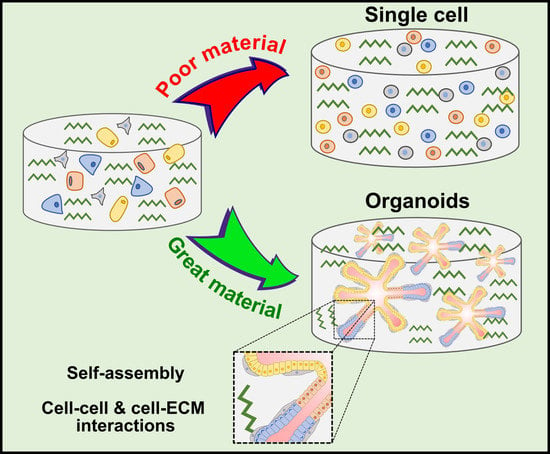Hydrogels for Salivary Gland Tissue Engineering
Abstract
Share and Cite
Pillai, S.; Munguia-Lopez, J.G.; Tran, S.D. Hydrogels for Salivary Gland Tissue Engineering. Gels 2022, 8, 730. https://doi.org/10.3390/gels8110730
Pillai S, Munguia-Lopez JG, Tran SD. Hydrogels for Salivary Gland Tissue Engineering. Gels. 2022; 8(11):730. https://doi.org/10.3390/gels8110730
Chicago/Turabian StylePillai, Sangeeth, Jose G. Munguia-Lopez, and Simon D. Tran. 2022. "Hydrogels for Salivary Gland Tissue Engineering" Gels 8, no. 11: 730. https://doi.org/10.3390/gels8110730
APA StylePillai, S., Munguia-Lopez, J. G., & Tran, S. D. (2022). Hydrogels for Salivary Gland Tissue Engineering. Gels, 8(11), 730. https://doi.org/10.3390/gels8110730







